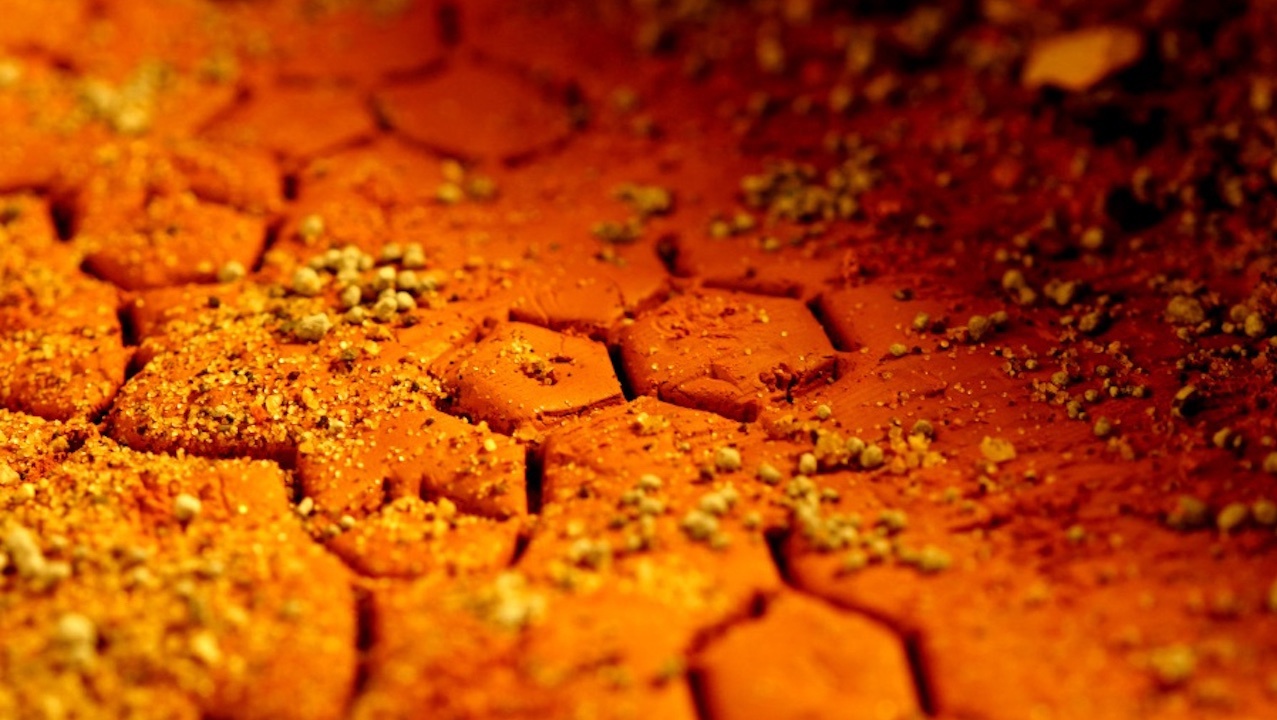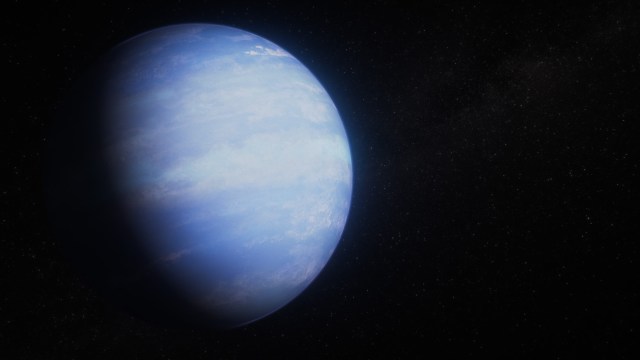Dyson Spheres have been a tantalising digression in the hunt for alien intelligence. Just recently seven stars have been identified as potential candidates with most of their radiation given off in the infrared wavelengths. Potentially this is the signature of heat from a matrix of spacecraft around the star but alas, a new paper has another slightly less exciting explanation; dust obscured galaxies.
Continue reading “There’s Another, More Boring Explanation for those Dyson Sphere Candidate Stars”Hundreds of Massive Stars Have Simply Disappeared

The lifecycle of a star is regularly articulated as formation taking place inside vast clouds of gas and dust and then ending either as a planetary nebula or supernova explosion. In the last 70 years however, there seems to be a number of massive stars that are just disappearing! According to stellar evolution models, they should be exploding as supernova but instead, they just seem to vanish. A team of researchers have studied the behaviour of star VFTS 243 – a main sequence star with a black hole companion – and now believe it, like the others, have just collapsed, imploding into a black hole!
Continue reading “Hundreds of Massive Stars Have Simply Disappeared”Volcanoes Were Erupting on Venus in the 1990s
Start talking about Venus and immediately my mind goes to those images from the Venera space probes that visited Venus in the 1970’s. They revealed a world that had been scarred by millennia of volcanic activity yet as far as we could tell those volcanoes were dormant. That is, until just now. Magellan has been mapping the surface of Venus and between 1990 and 1992 had mapped 98% of the surface. Researchers compared two scans of the same area and discovered that there were fresh outflows of molten rock filling a vent crater! There was active volcanism on Venus.
Continue reading “Volcanoes Were Erupting on Venus in the 1990s”Toxic Perchlorate on Mars Could Make Life More Interesting
The search for life in the Universe has fascinated humans for centuries. Mars has of course been high on the list of potential habitats for alien existence but since the numerous spacecraft images that have come back showing a barren landscape, it seems Mars may not be so habitable after all. That is, until recently. The Martian regolith, the top layer of dust upon the surface has been found to be full of perchlorate salts. These chemicals are poisonous to most life on Earth but a new study suggests that some extremophile protein enzymes and RNA may just be able to survive!
Continue reading “Toxic Perchlorate on Mars Could Make Life More Interesting”Webb Explains a Puffy Planet
I love the concept of a ‘puffy’ planet! The exoplanets discovered that fall into this category are typically the same size of Jupiter but 1/10th the mass! They tend to orbit their host star at close in orbits and are hot but one has been found that is different from the normal. This Neptune-mass exoplanet has been thought to be cooler but still have a lower density. The James Webb Space Telescope (JWST) has recently discovered that tidal energy from its elliptical orbit keeps its interior churning and puffs it out.
Continue reading “Webb Explains a Puffy Planet”More Evidence for the Gravitational Wave Background of the Universe
The gravitational wave background was first detected in 2016. It was announced following the release of the first data set from the European Pulsar Timing Array. A second set of data has just been released and, joined by the Indian Pulsar Timing Array, both studies confirm the existence of the background. The latest theory seems to suggest that we’re seeing the combined signal of supermassive black hole mergers.
Continue reading “More Evidence for the Gravitational Wave Background of the Universe”When Uranus and Neptune Migrated, Three Icy Objects Were Crashing Into Them Every Hour!
The giant outer planets haven’t always been in their current position. Uranus and Neptune for example are thought to have wandered through the outer Solar System to their current orbital position. On the way, they accumulated icy, comet-like objects. A new piece of research suggests as many as three kilomerer-sized objects crashed into them every hour increasing their mass. Not only would it increase the mass but it would enrich their atmospheres.
Continue reading “When Uranus and Neptune Migrated, Three Icy Objects Were Crashing Into Them Every Hour!”Hubble Sees a Brand New Triple Star System

In a world that seems to be switching focus from the Hubble Space Telescope to the James Webb Space Telescope, Hubble still reminds us it’s there. Another amazing image has been released that shows the triple star system HP Tau, HP Tau G2, and HP Tau G3. The stars in this wonderful system are young, HP Tau for example is so young that it hasn’t started to fuse hydrogen yet and is only 10 million years old!
Continue reading “Hubble Sees a Brand New Triple Star System”Astronauts Could Deploy Extra Arms to Stay Stable on the Moon
Walking along on the surface of the Moon, as aptly demonstrated by the Apollo astronauts, is no easy feat. The gravity at the Moon’s surface is 1/6th of Earth’s and there are plenty of videos of astronauts stumbling, falling and then trying to get up! Engineers have come up with a solution; a robotic arm system that can be attached to an astronauts back pack to give them a helping hand if they fall. The “SuperLimbs” as they have been called will not only aid them as they walk around the surface but also give them extra stability while carrying out tasks.
Continue reading “Astronauts Could Deploy Extra Arms to Stay Stable on the Moon”The Sun Hurls its Most Powerful Flare in a Decades
The Sun has been vying for attention these last couple of weeks. First with the appearance of a fabulous complex sunspot region and then with a plethora of solar flares. On the 14th May, yet another was released, this time an X8.7 class flare from the same complex sunspot regions. It was significantly more powerful than the flare that set off the aurora displays which enchanted much of the planet but alas it was not pointing toward the Earth ( 🙁 sad emoji face.) Even though it was not directed at us, it could still disrupt communications and electronics but is a reminder that the Sun, whilst is on its way to solar maximum still has lots to give.
Continue reading “The Sun Hurls its Most Powerful Flare in a Decades”







